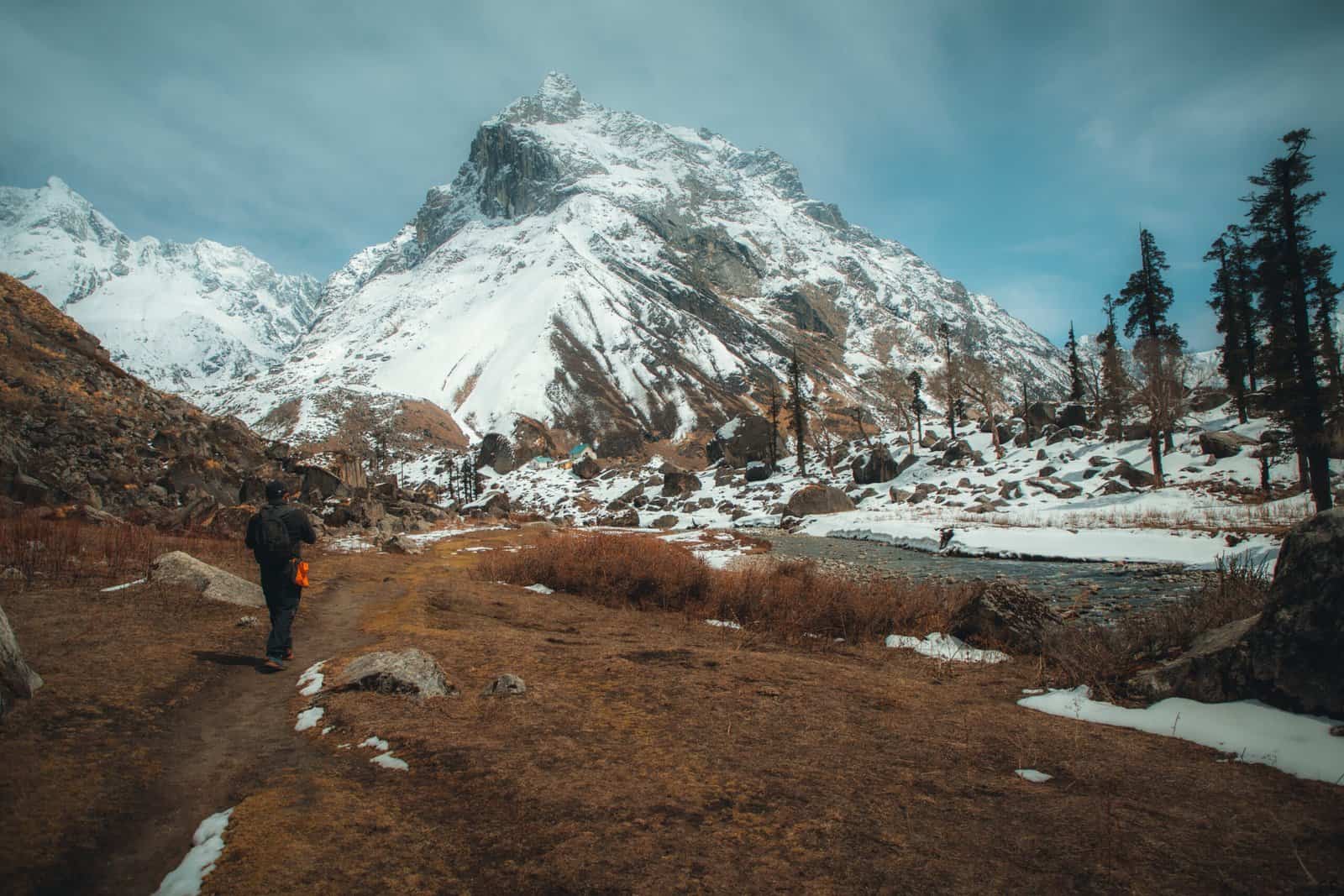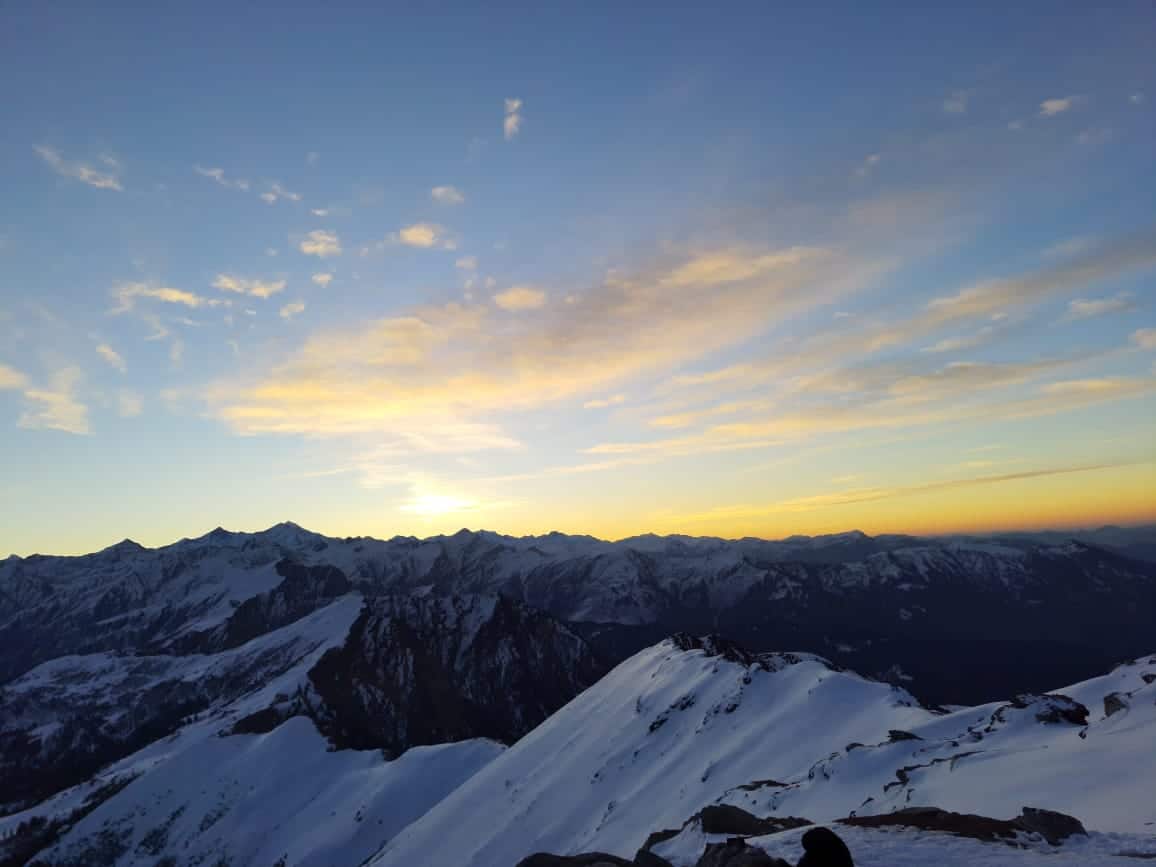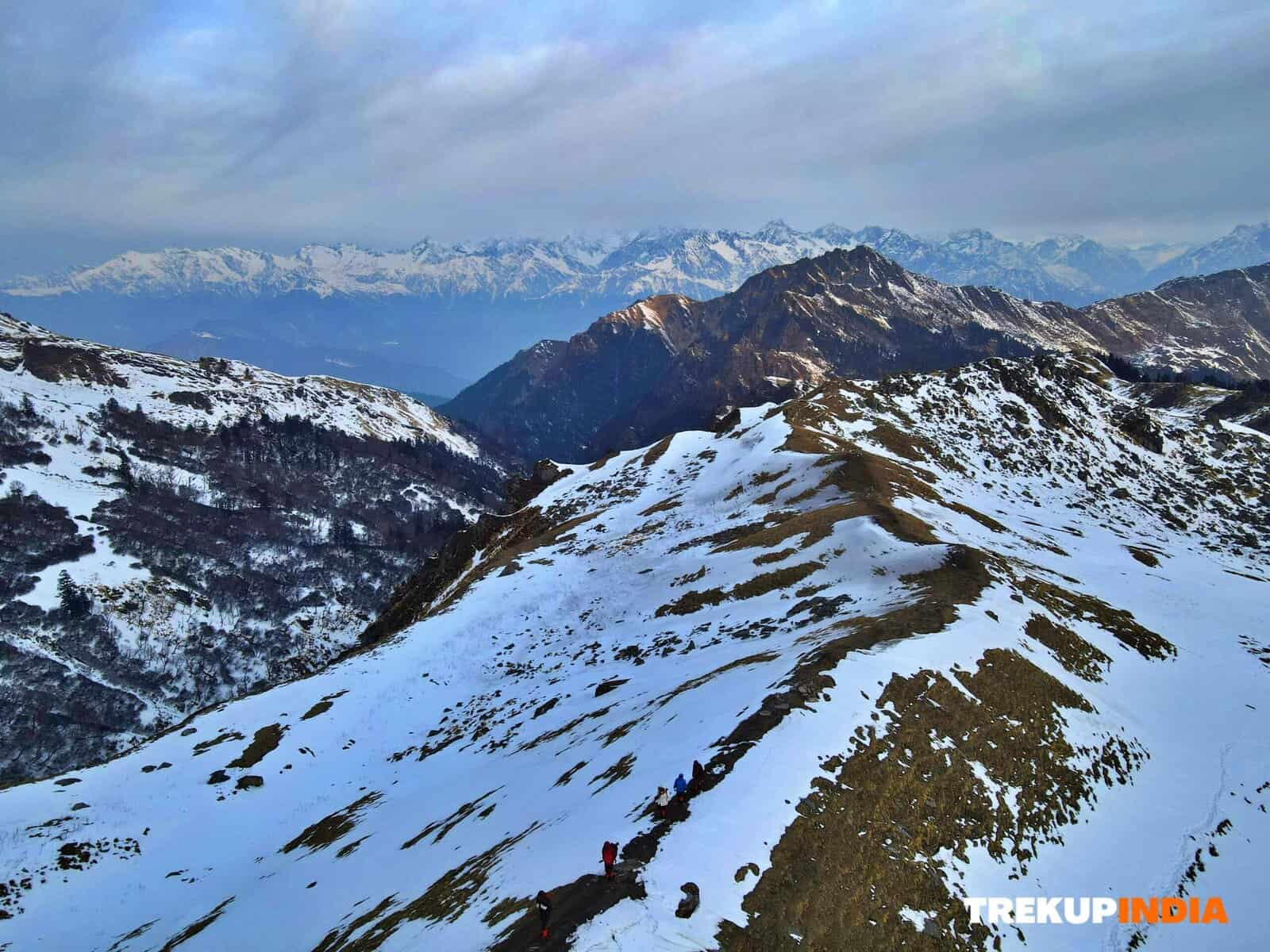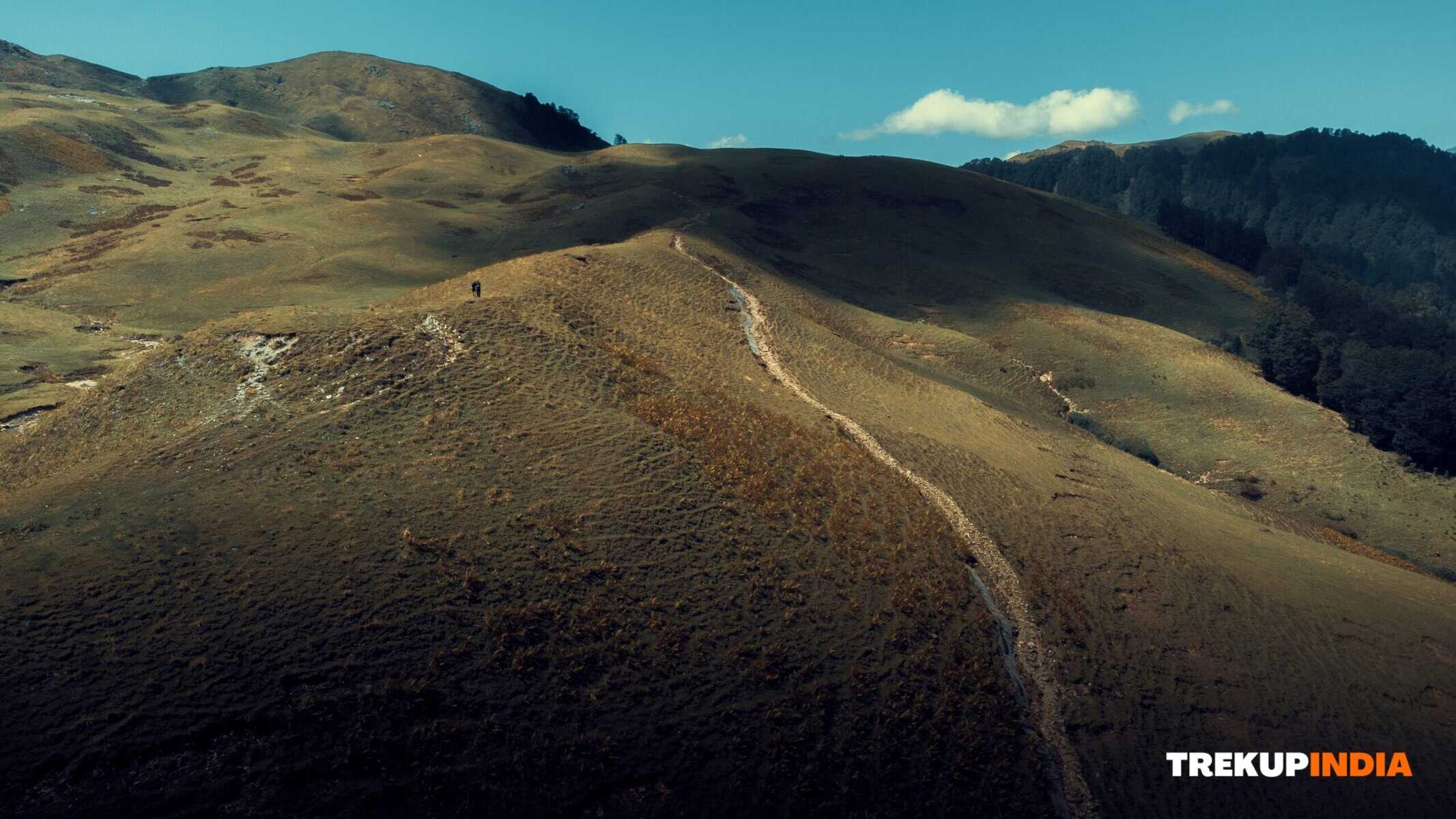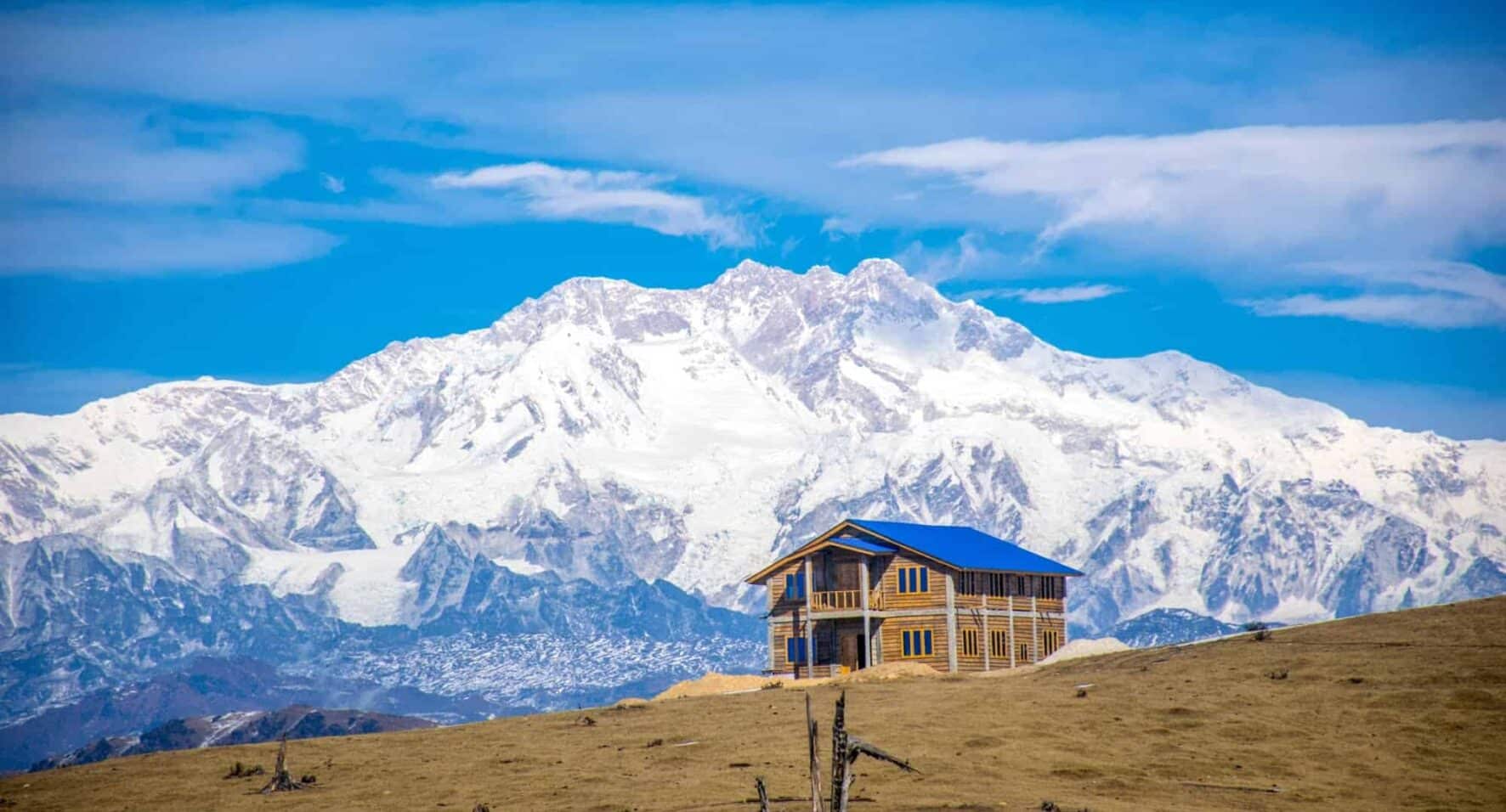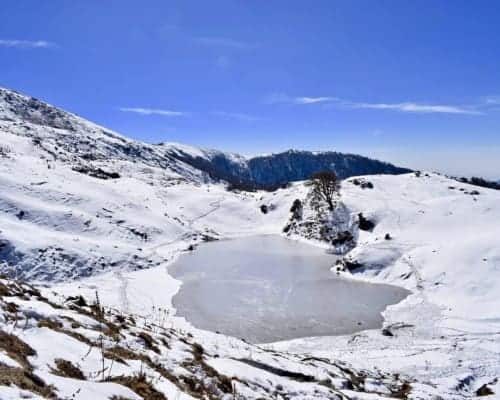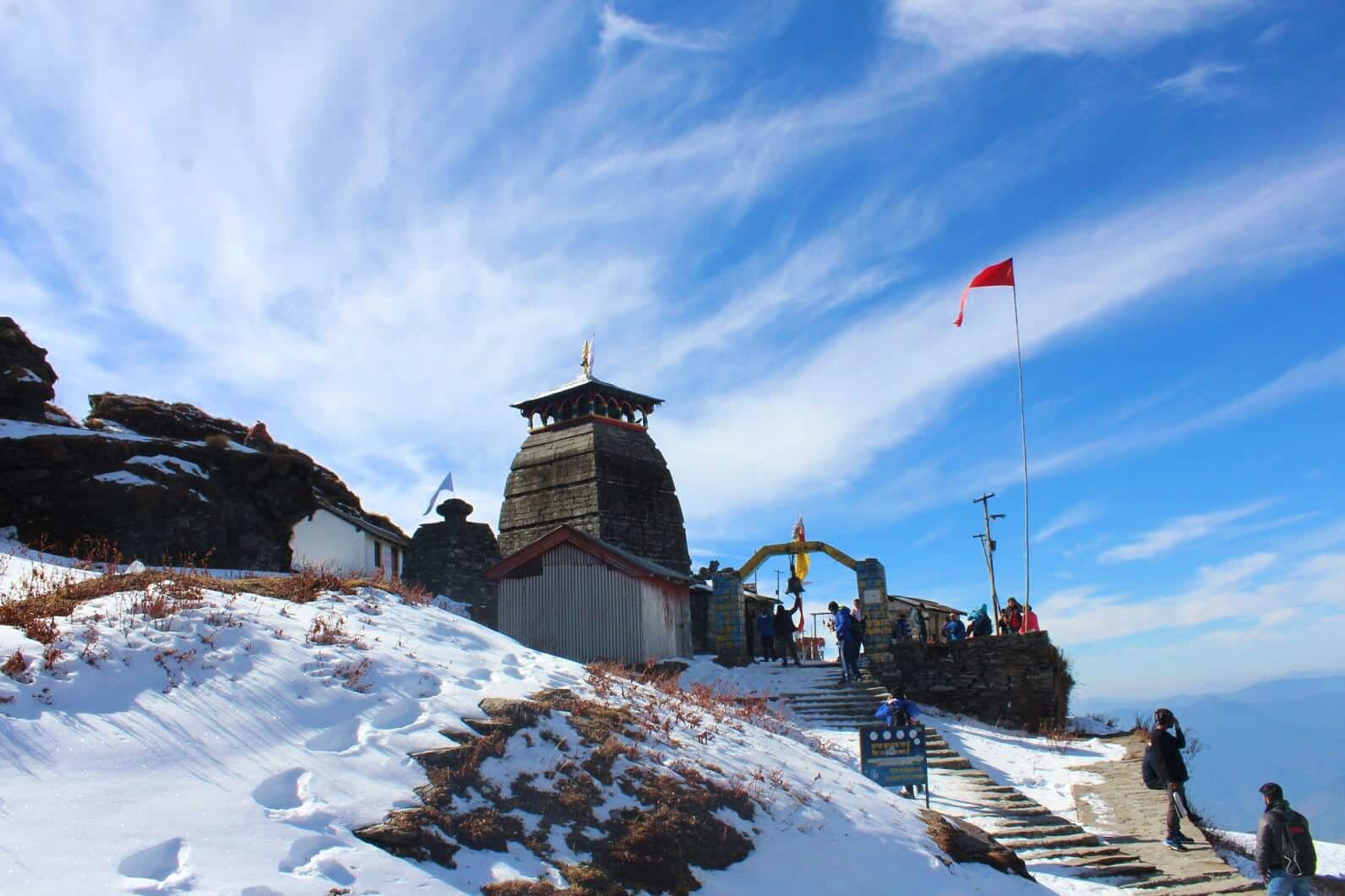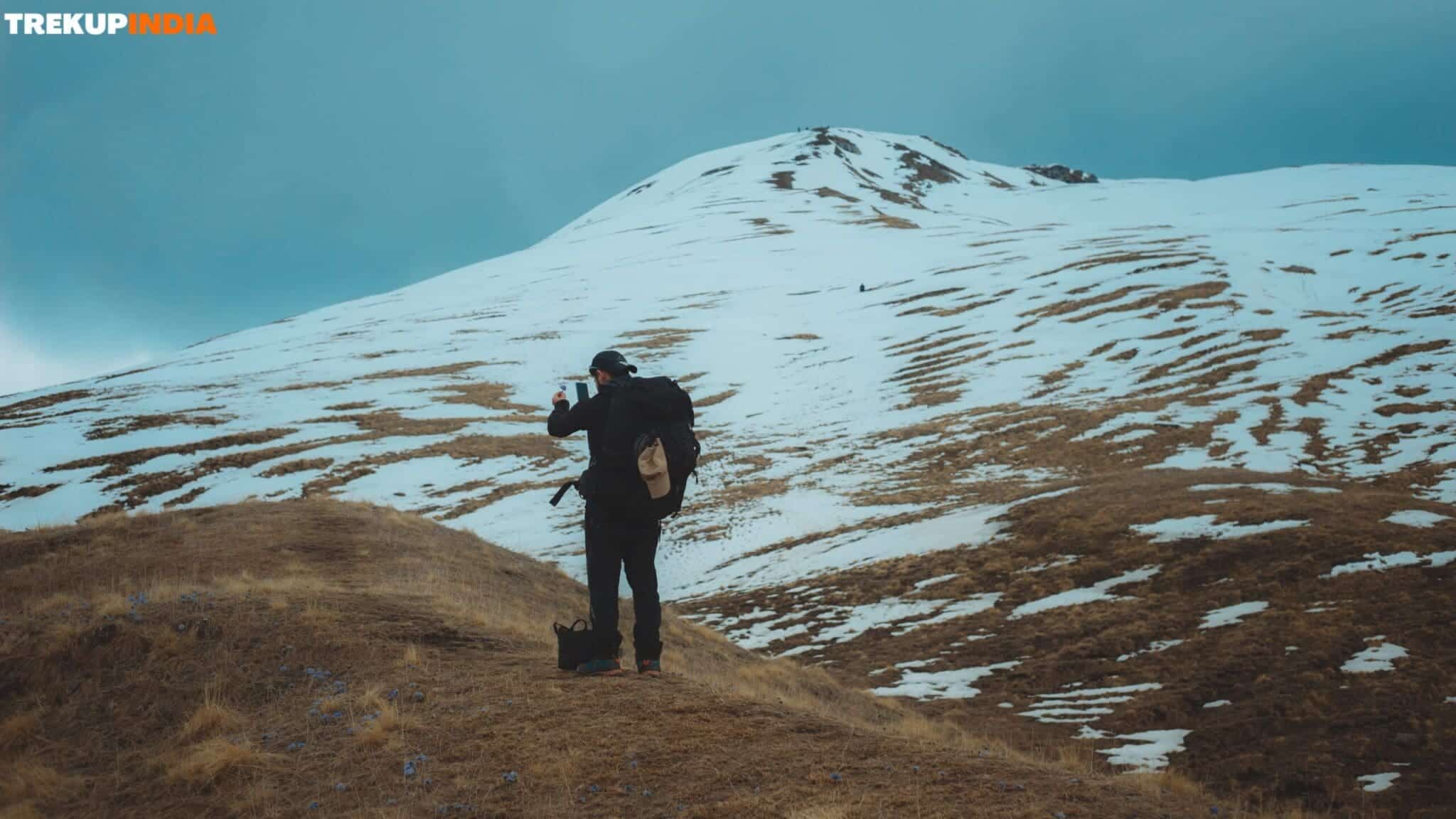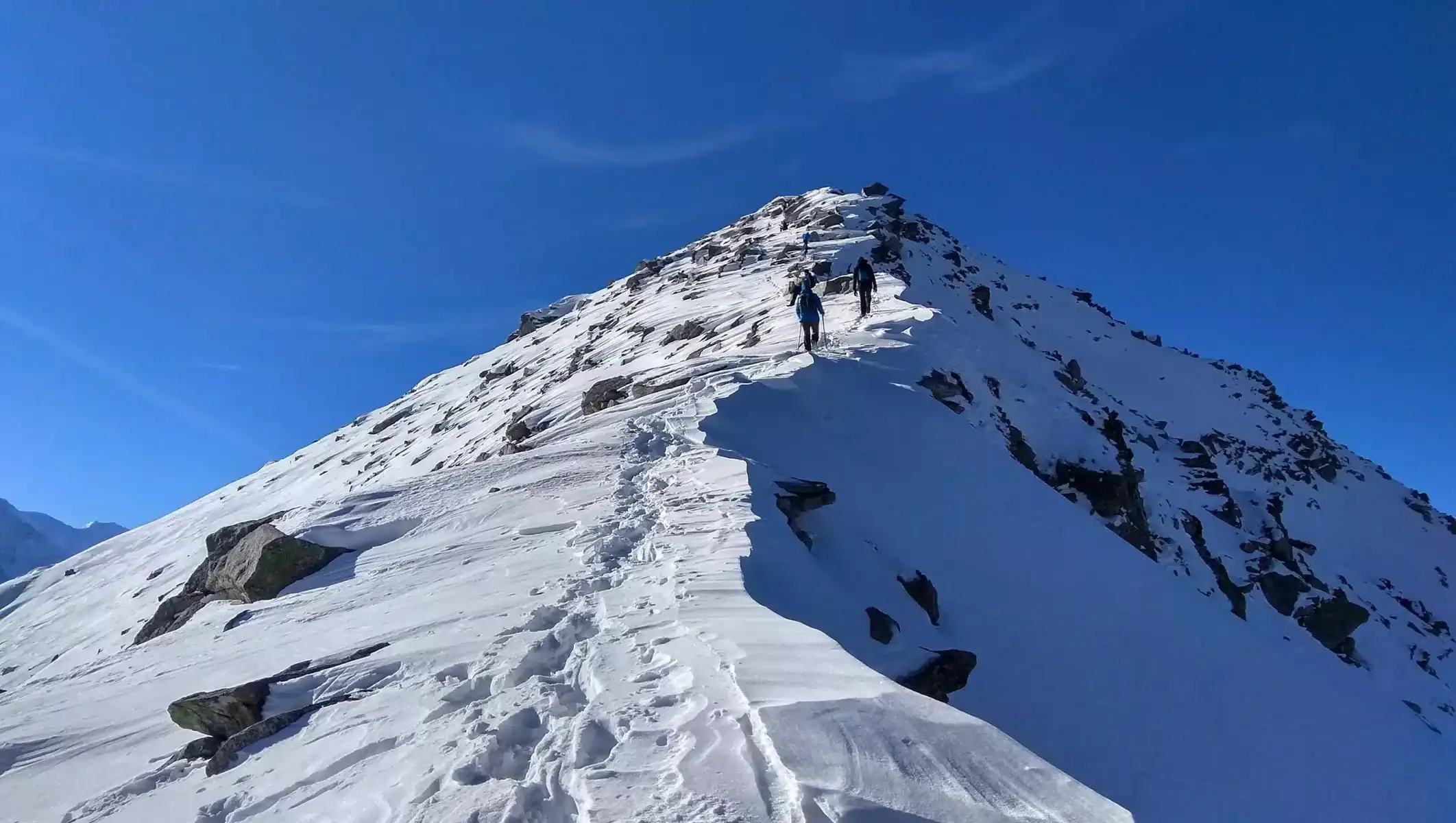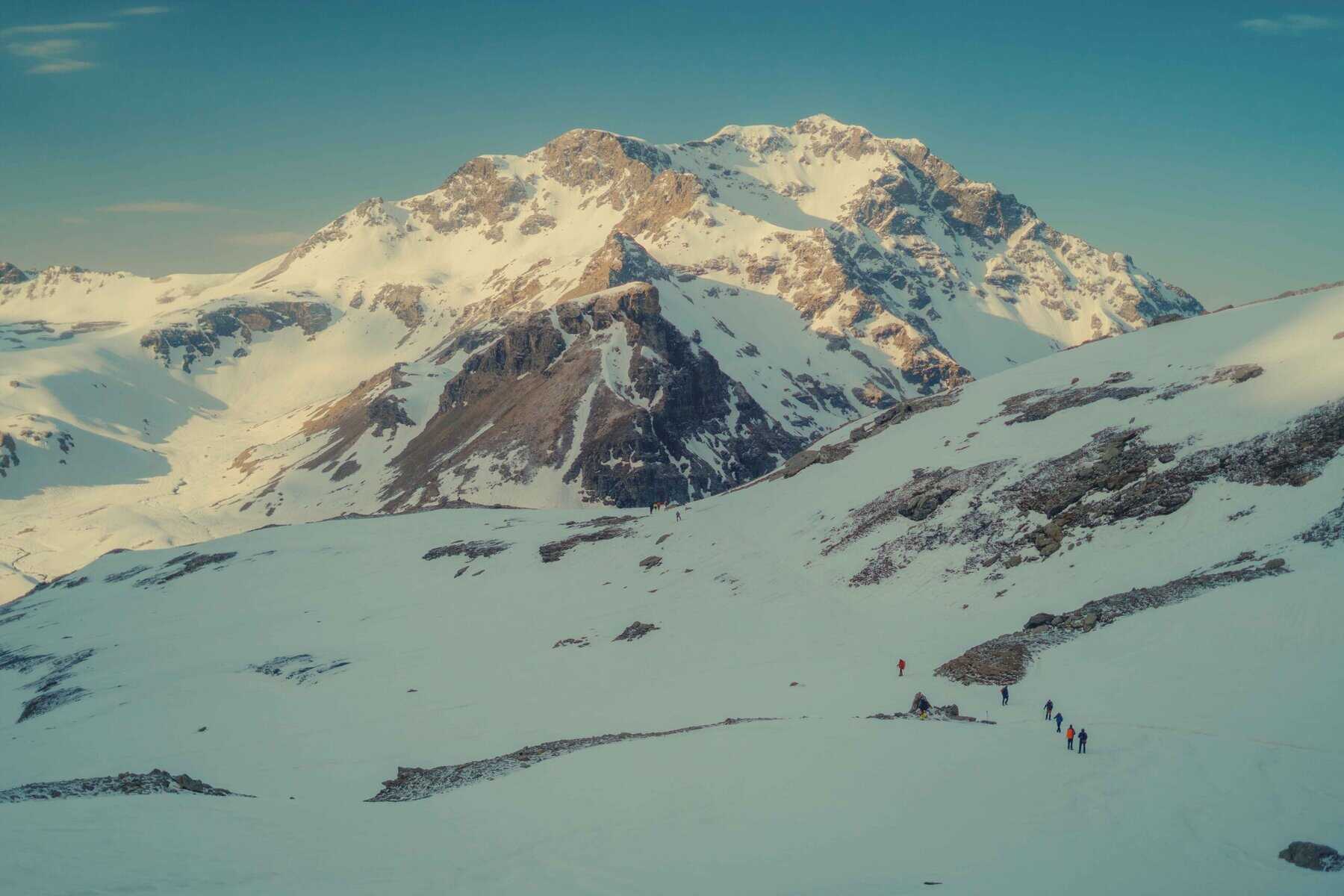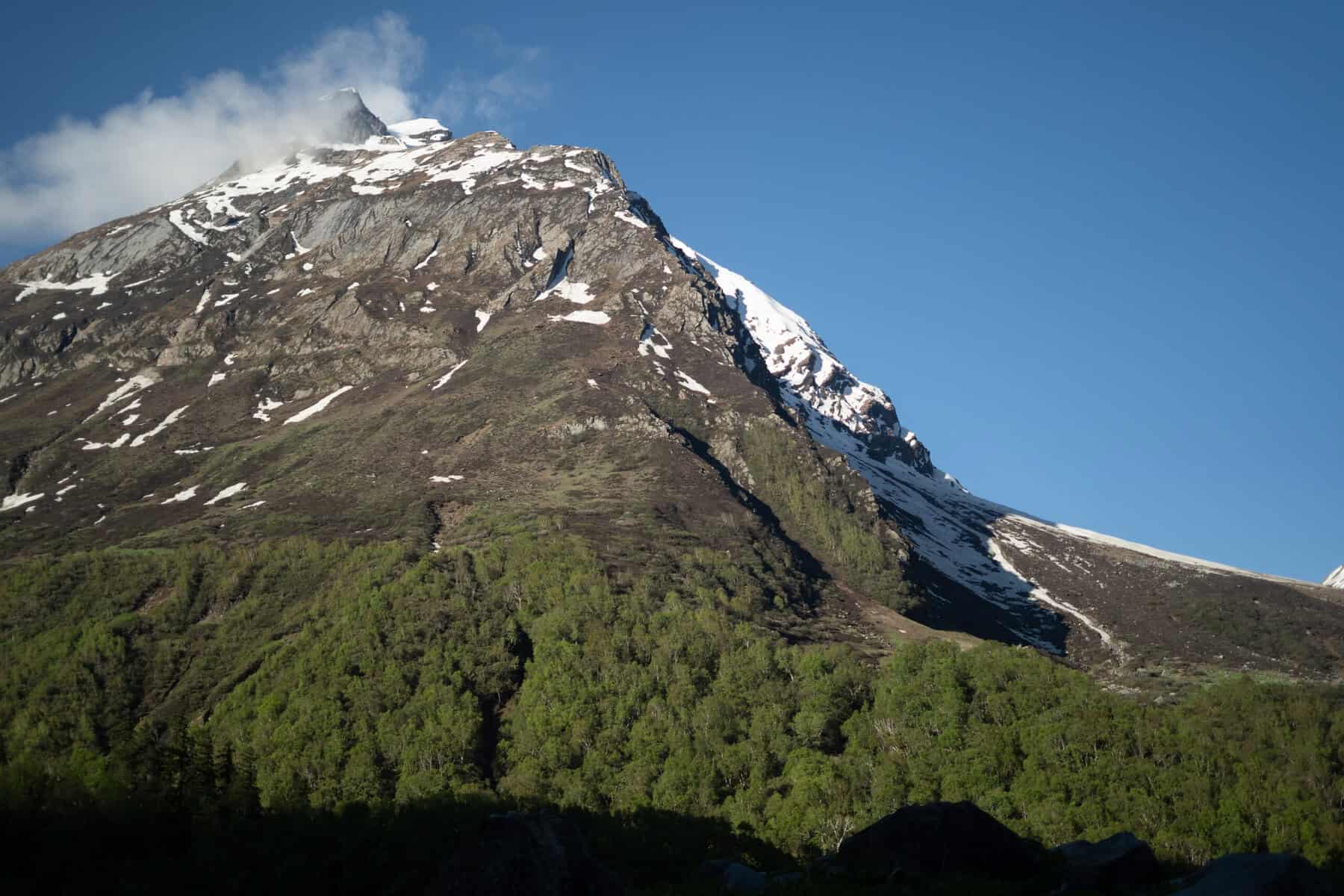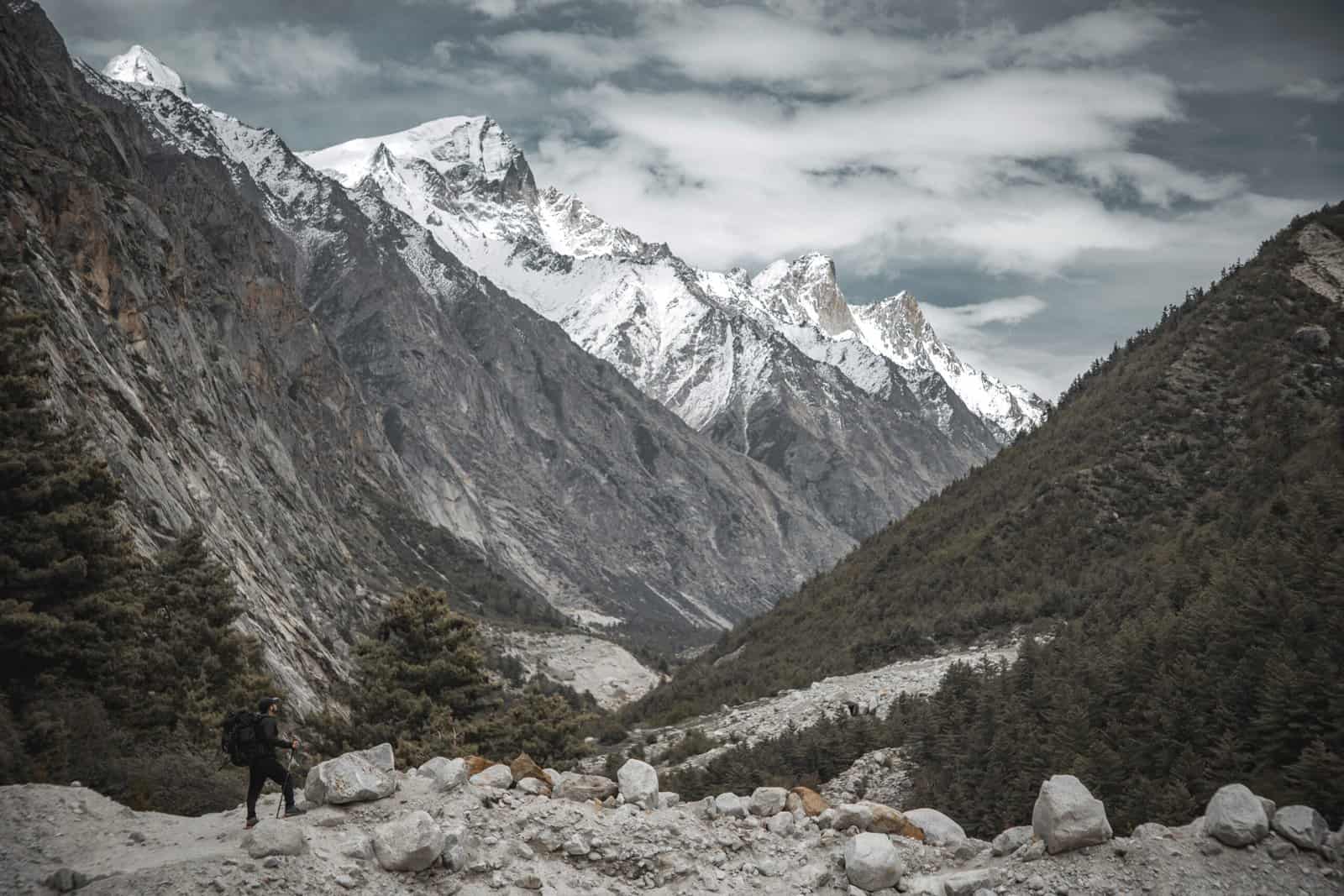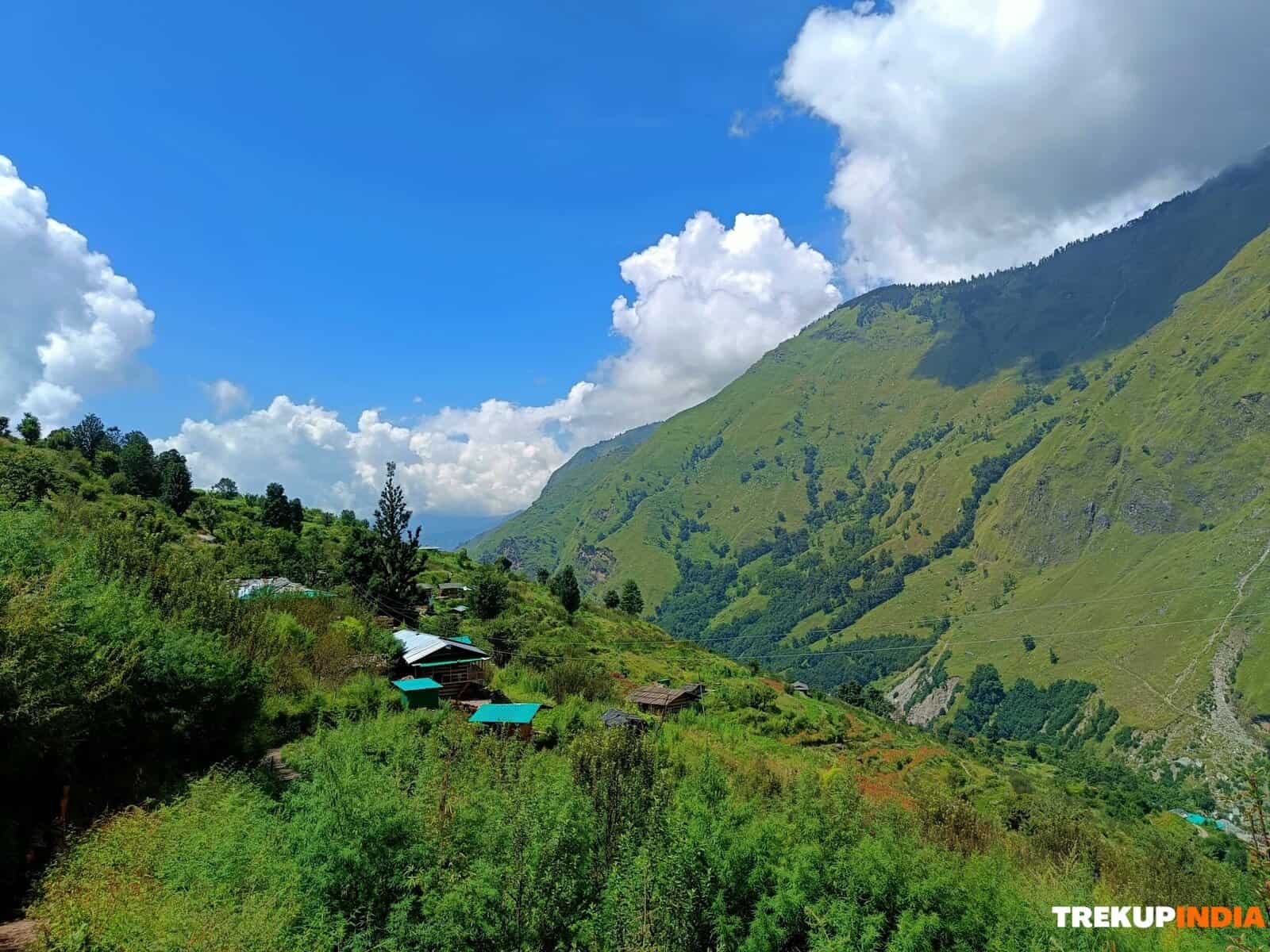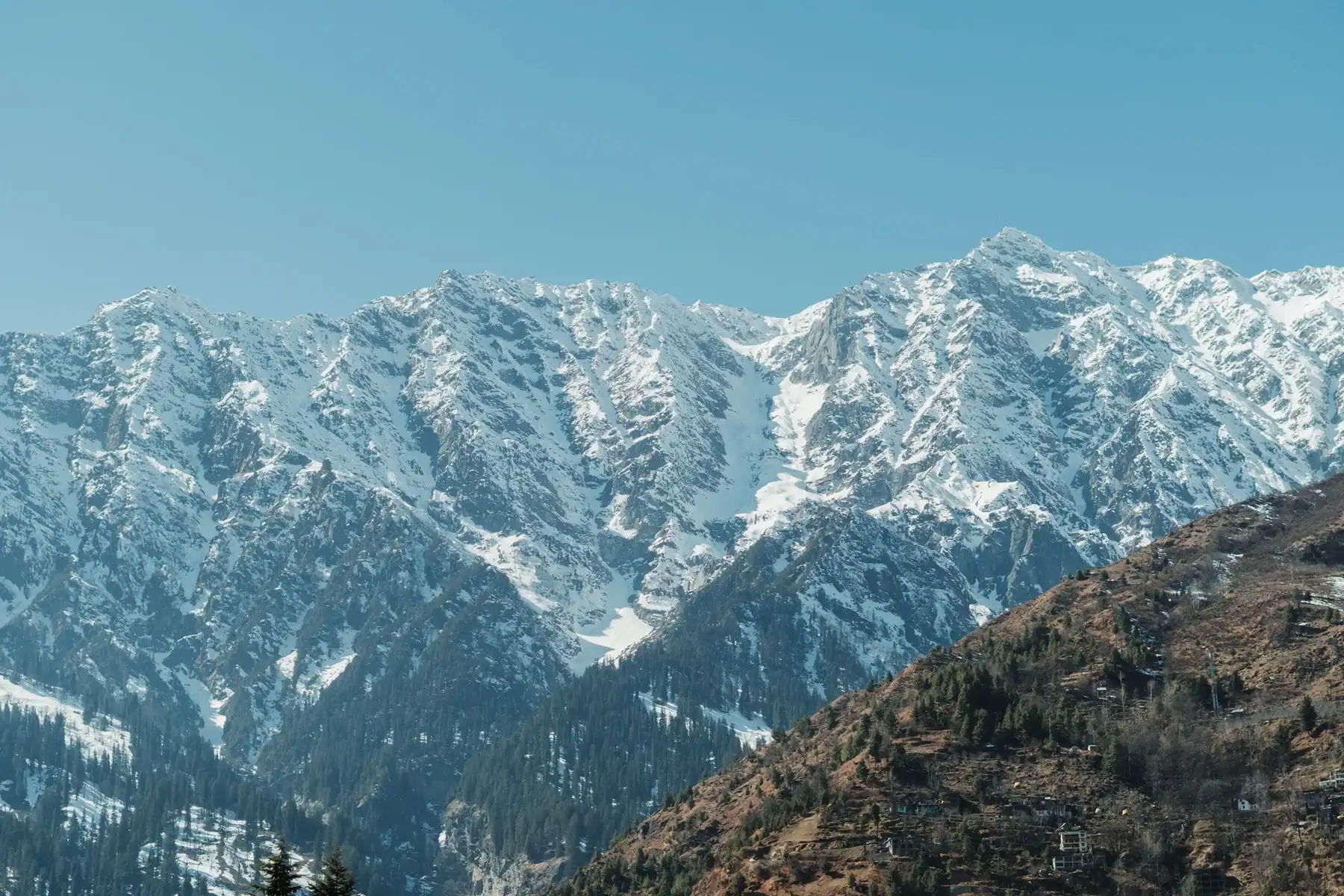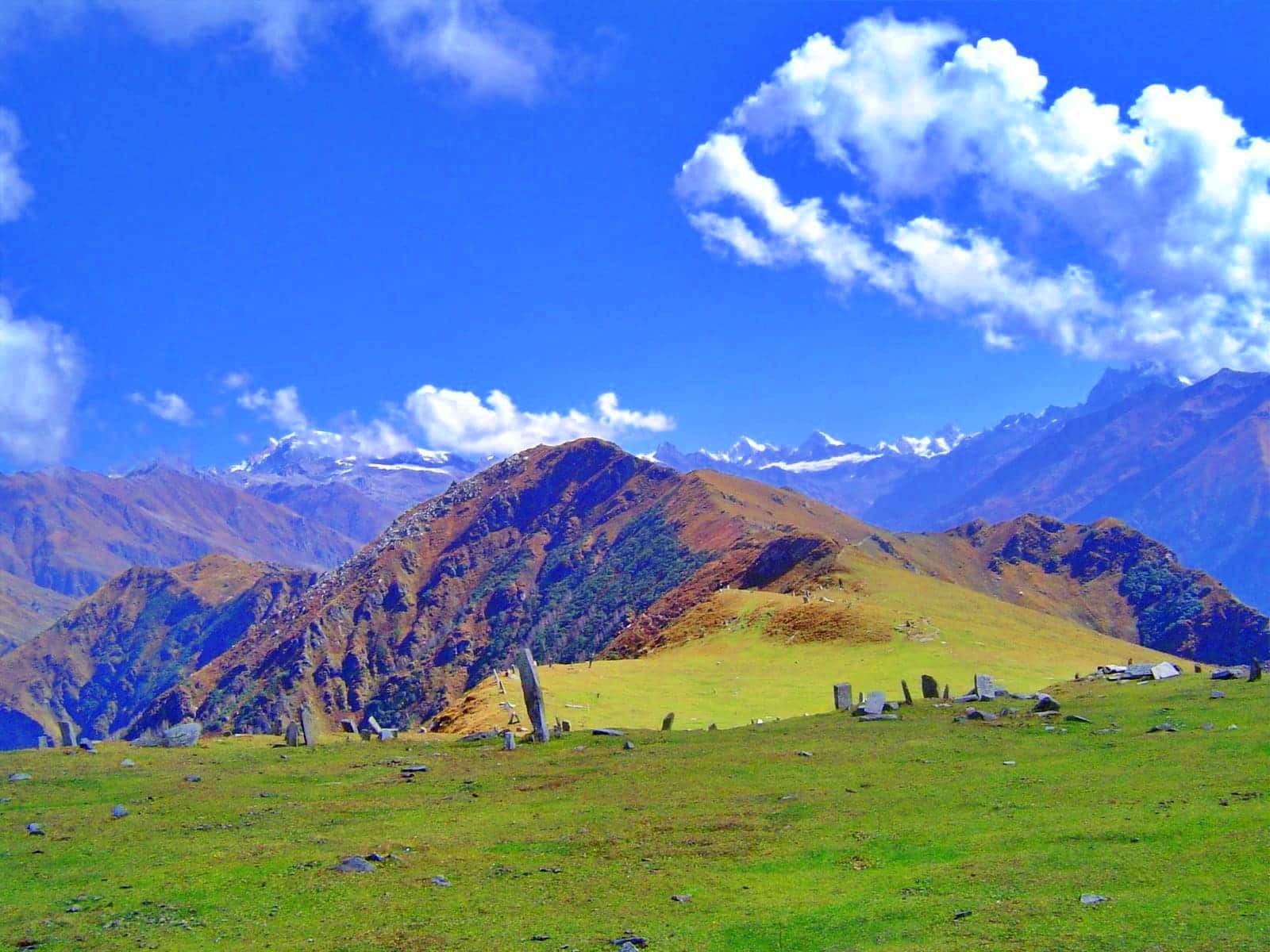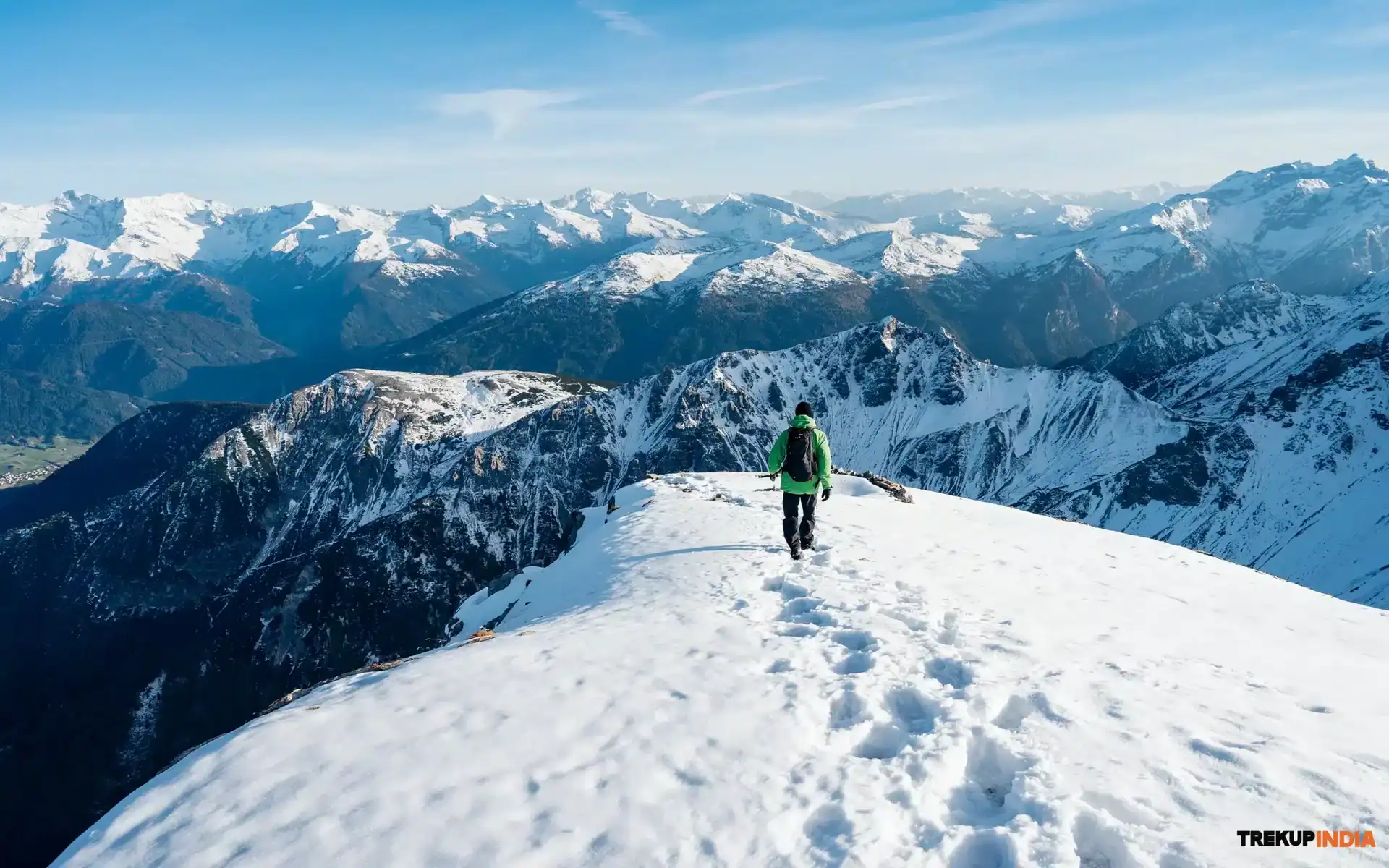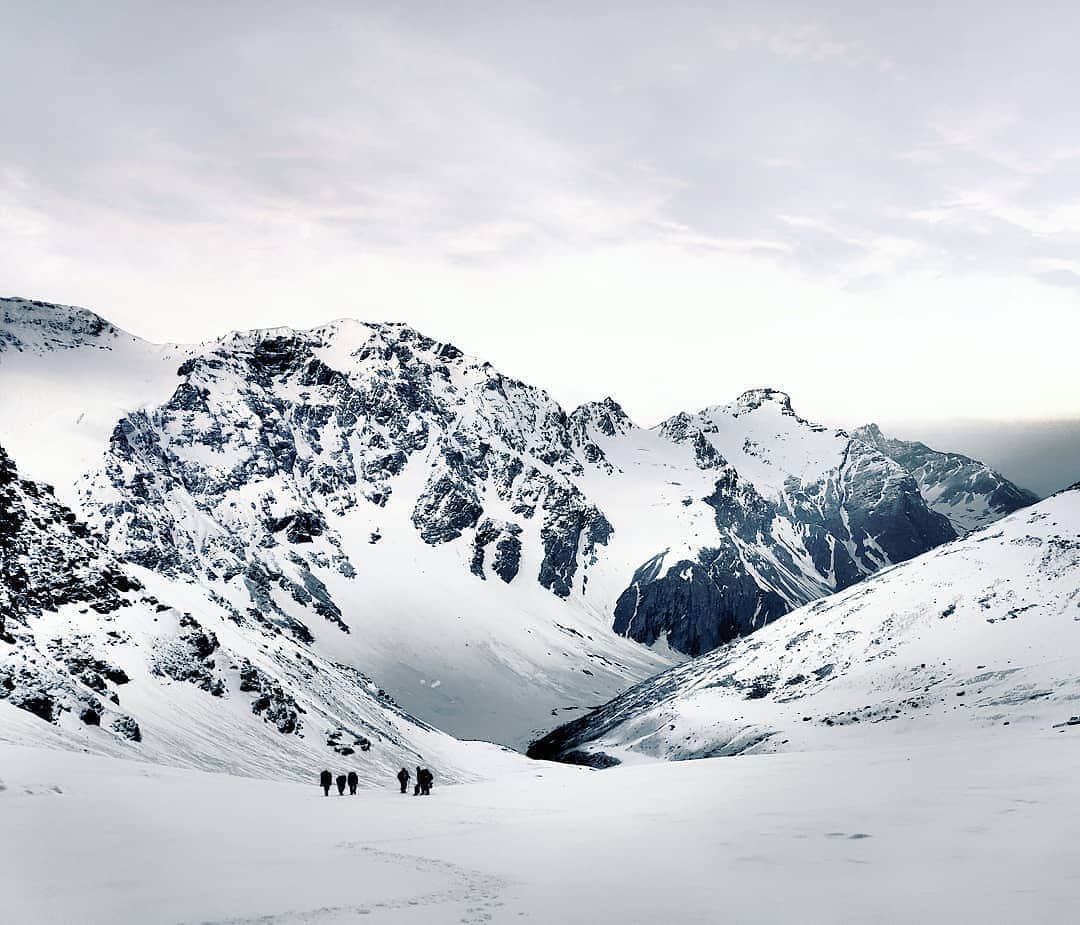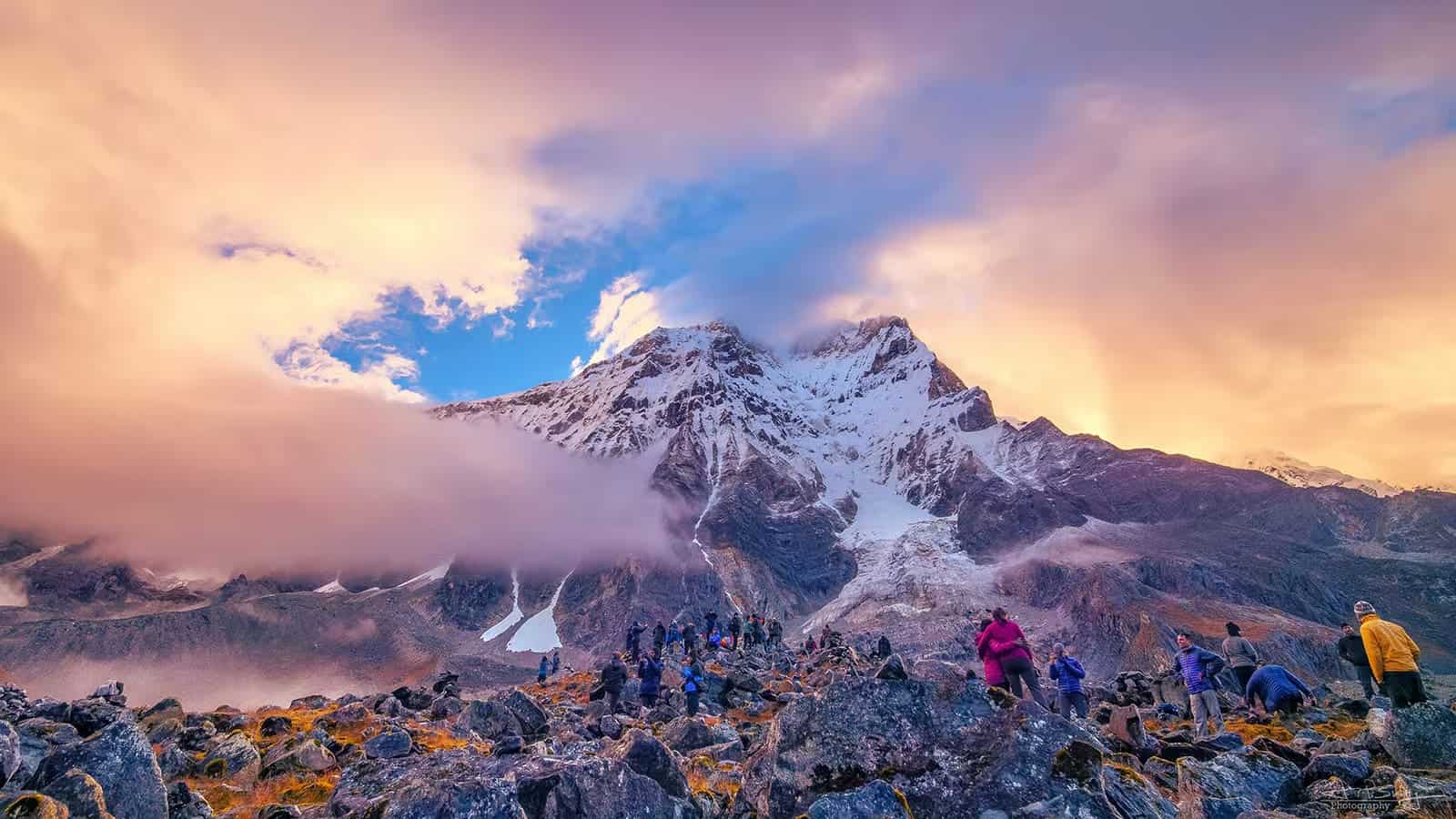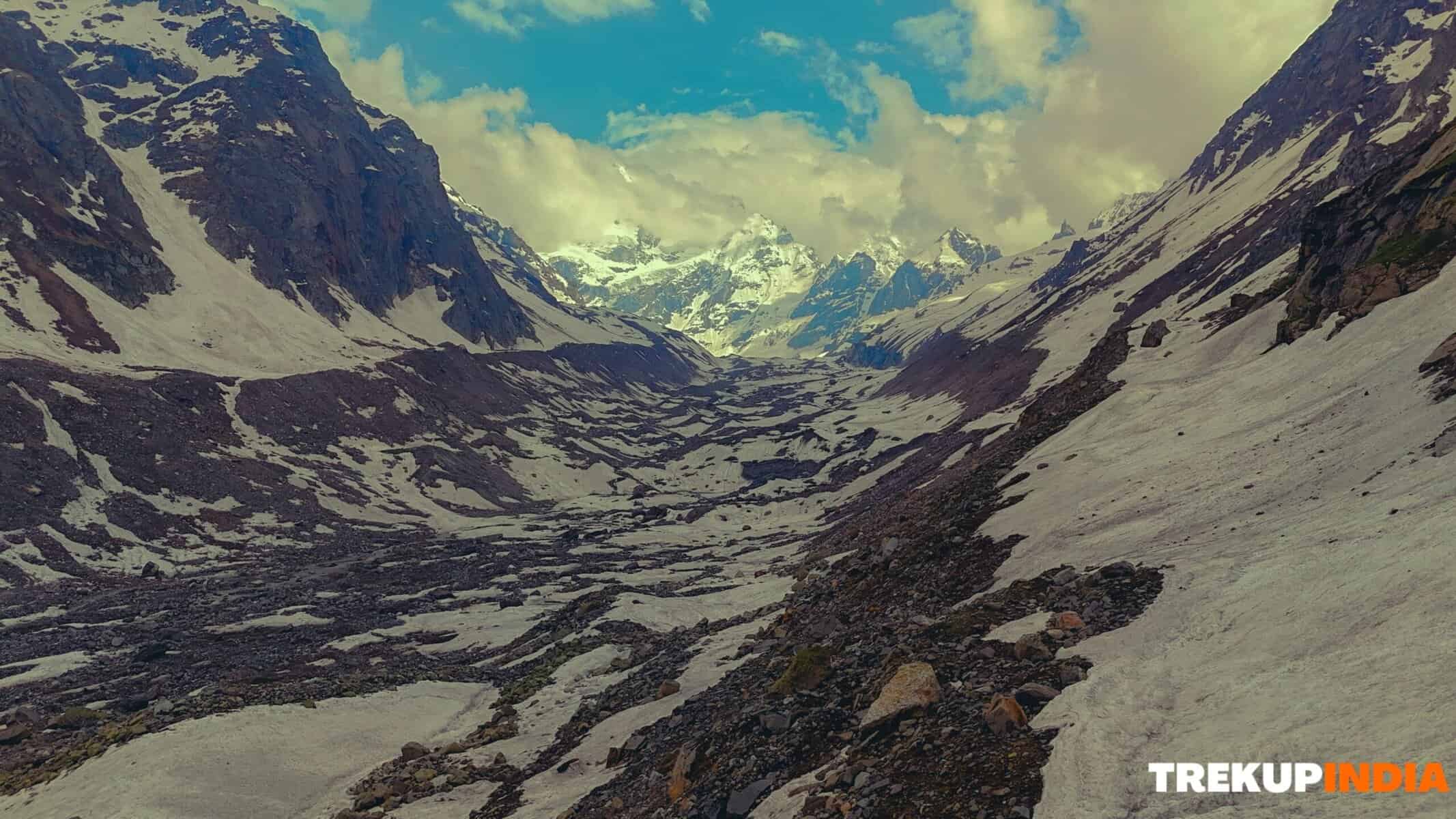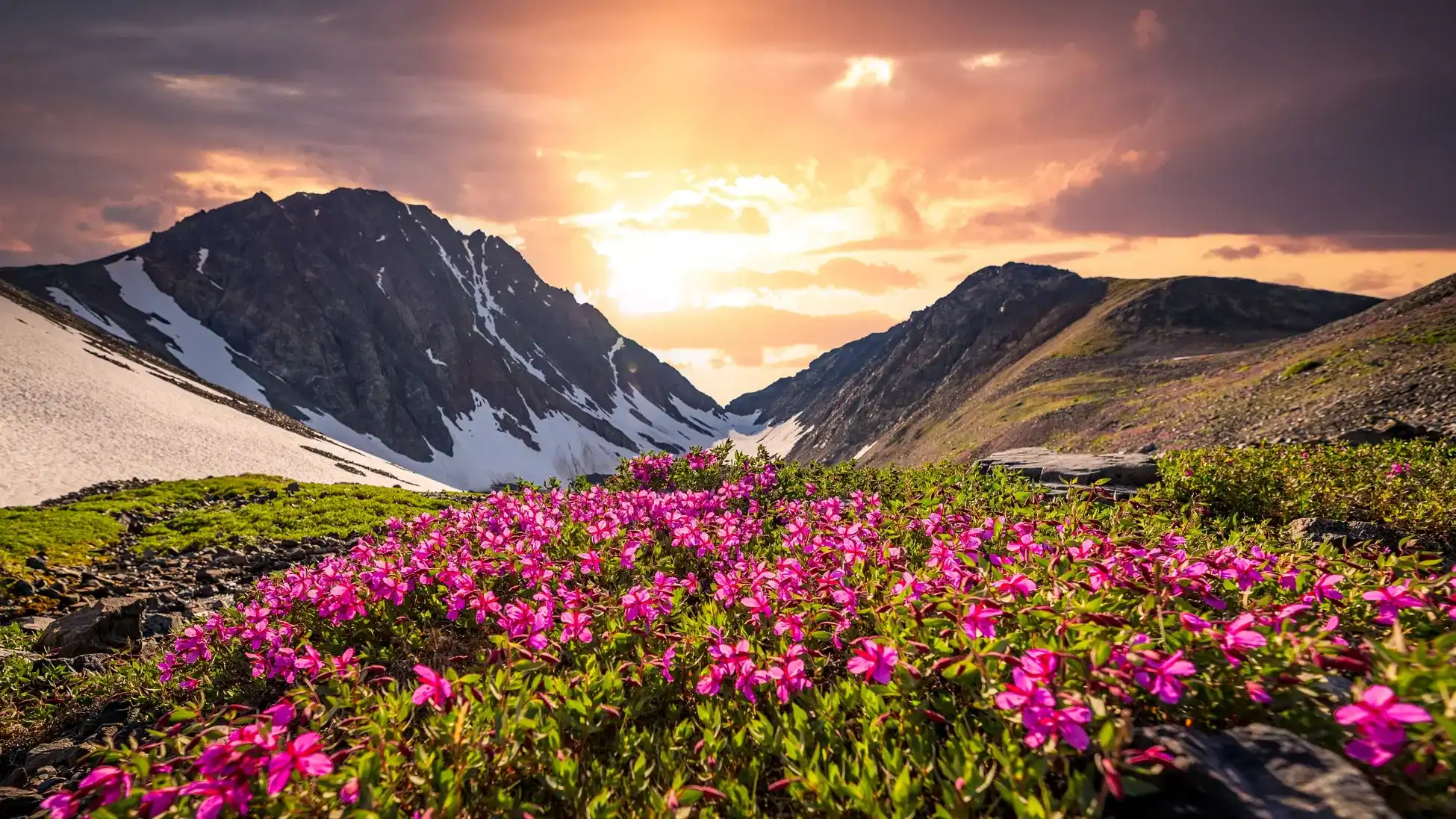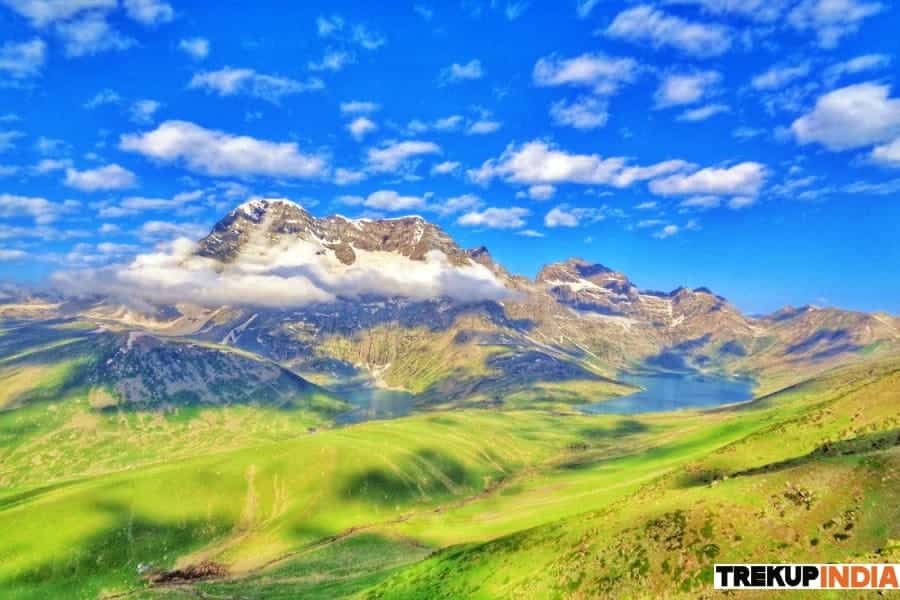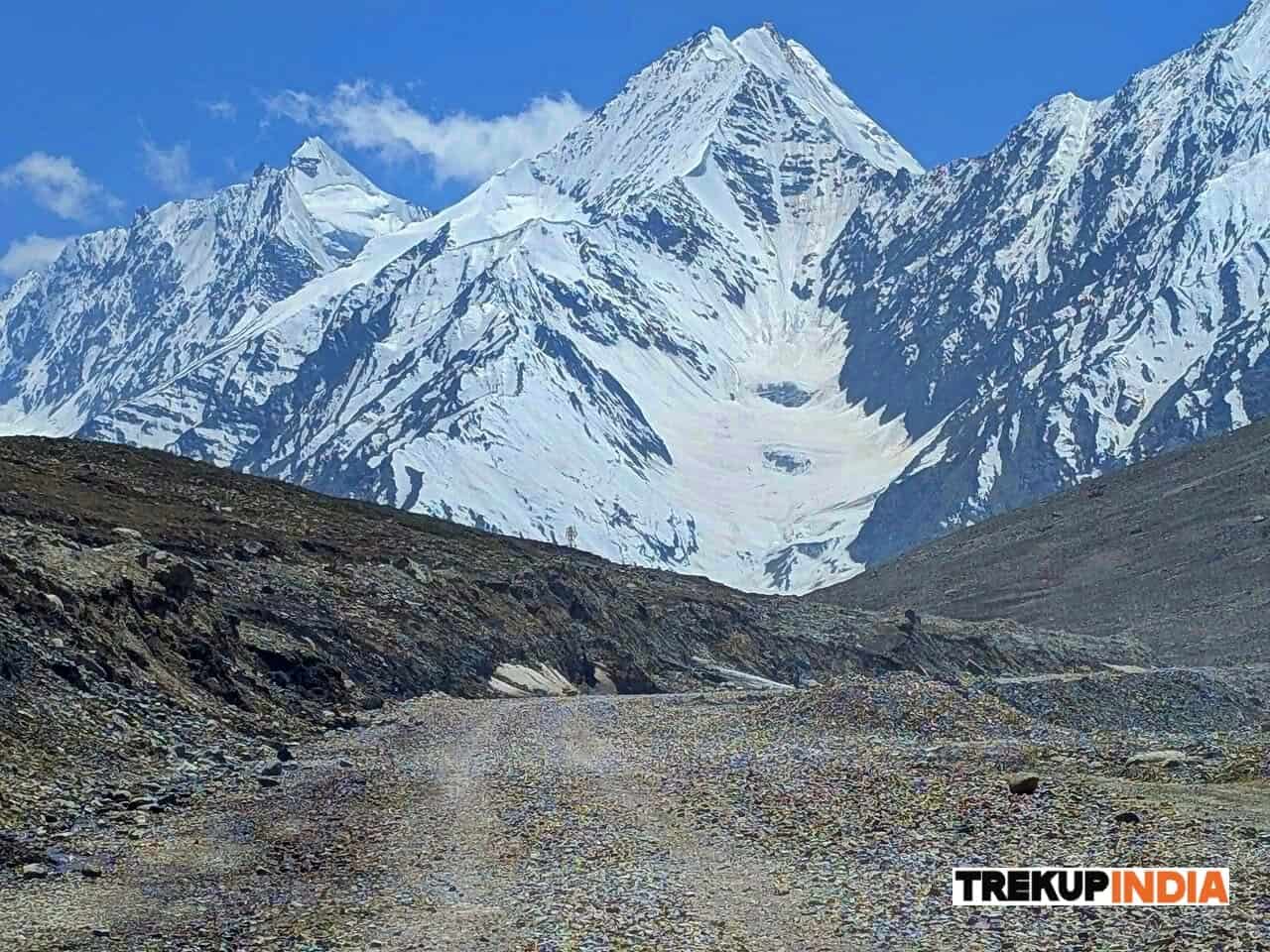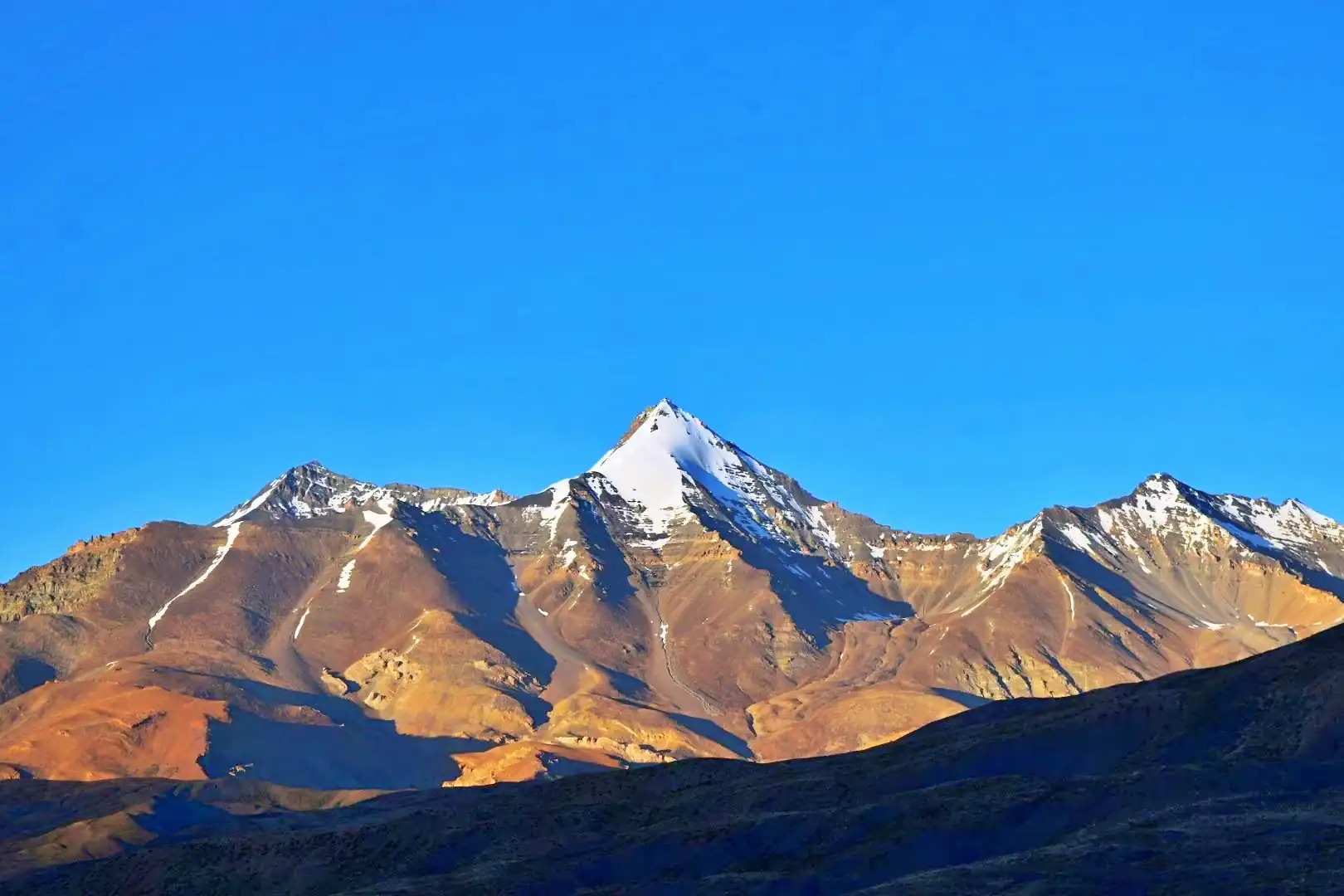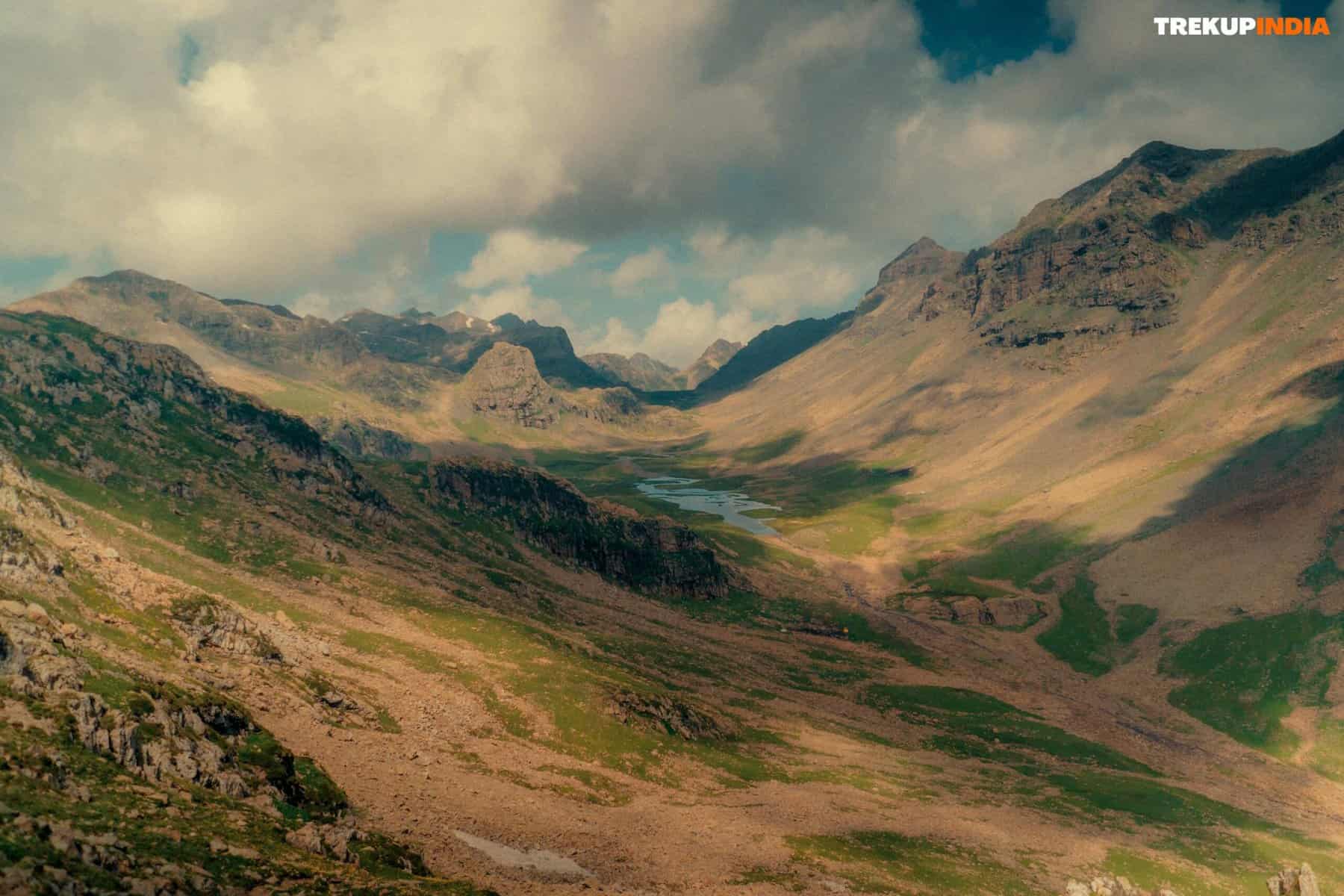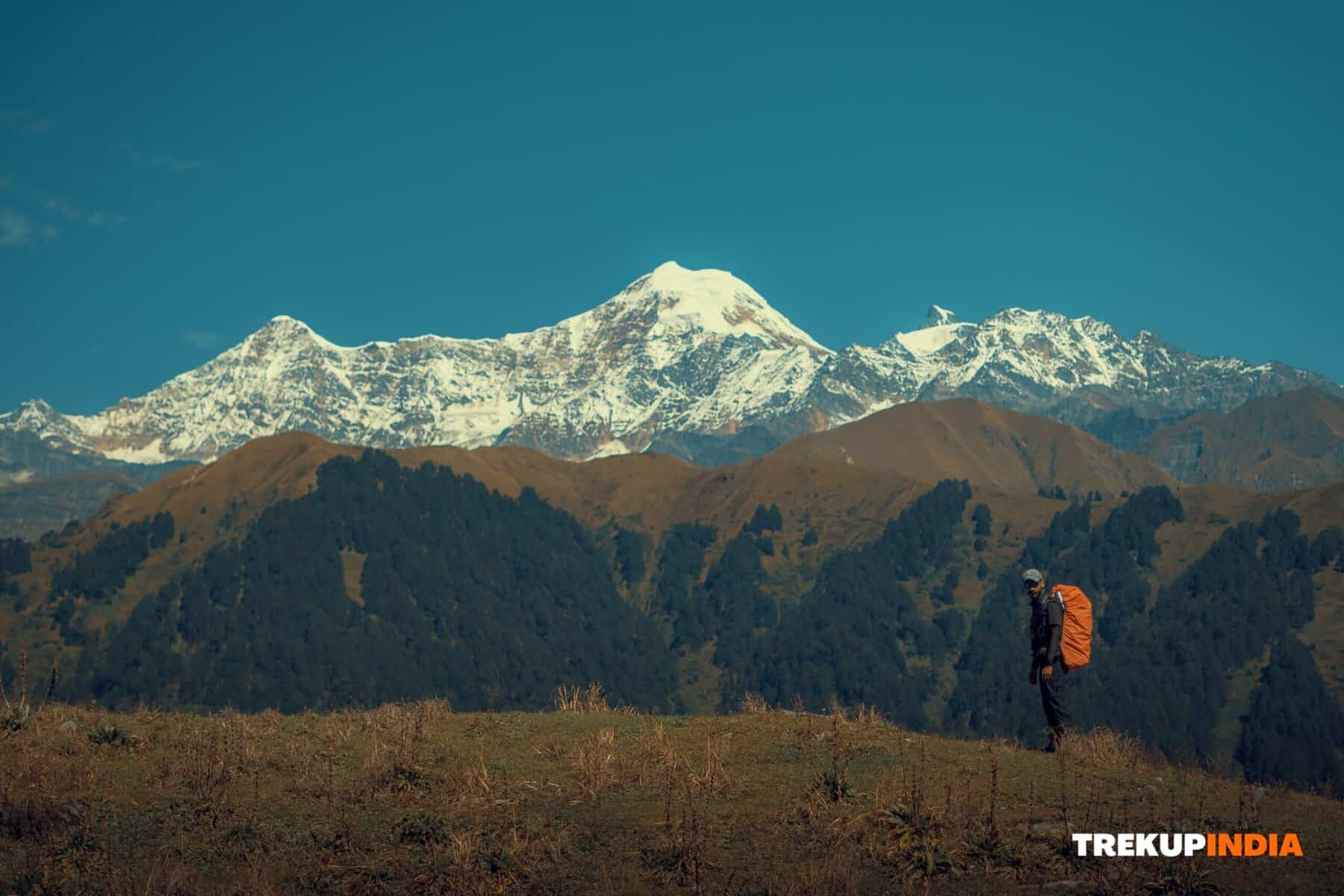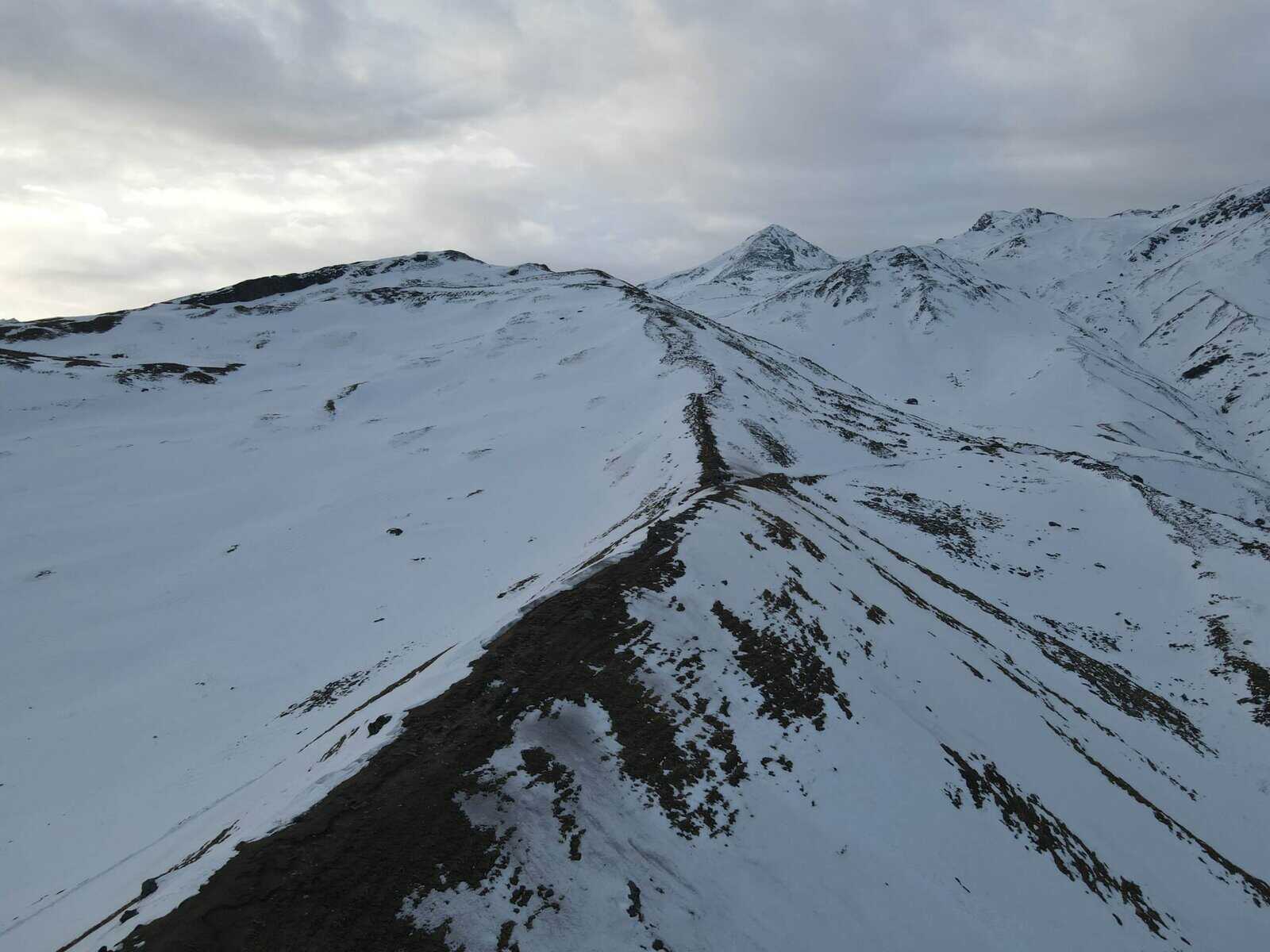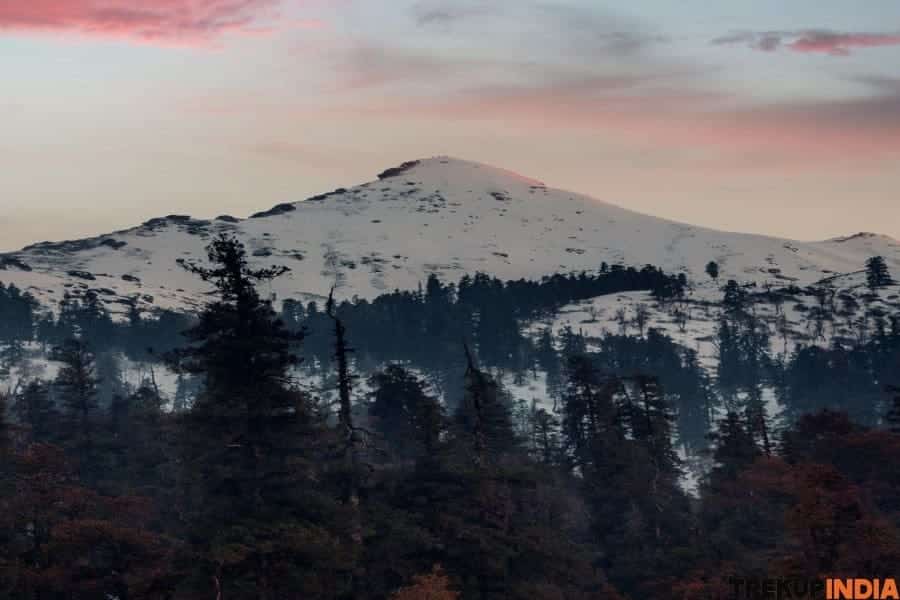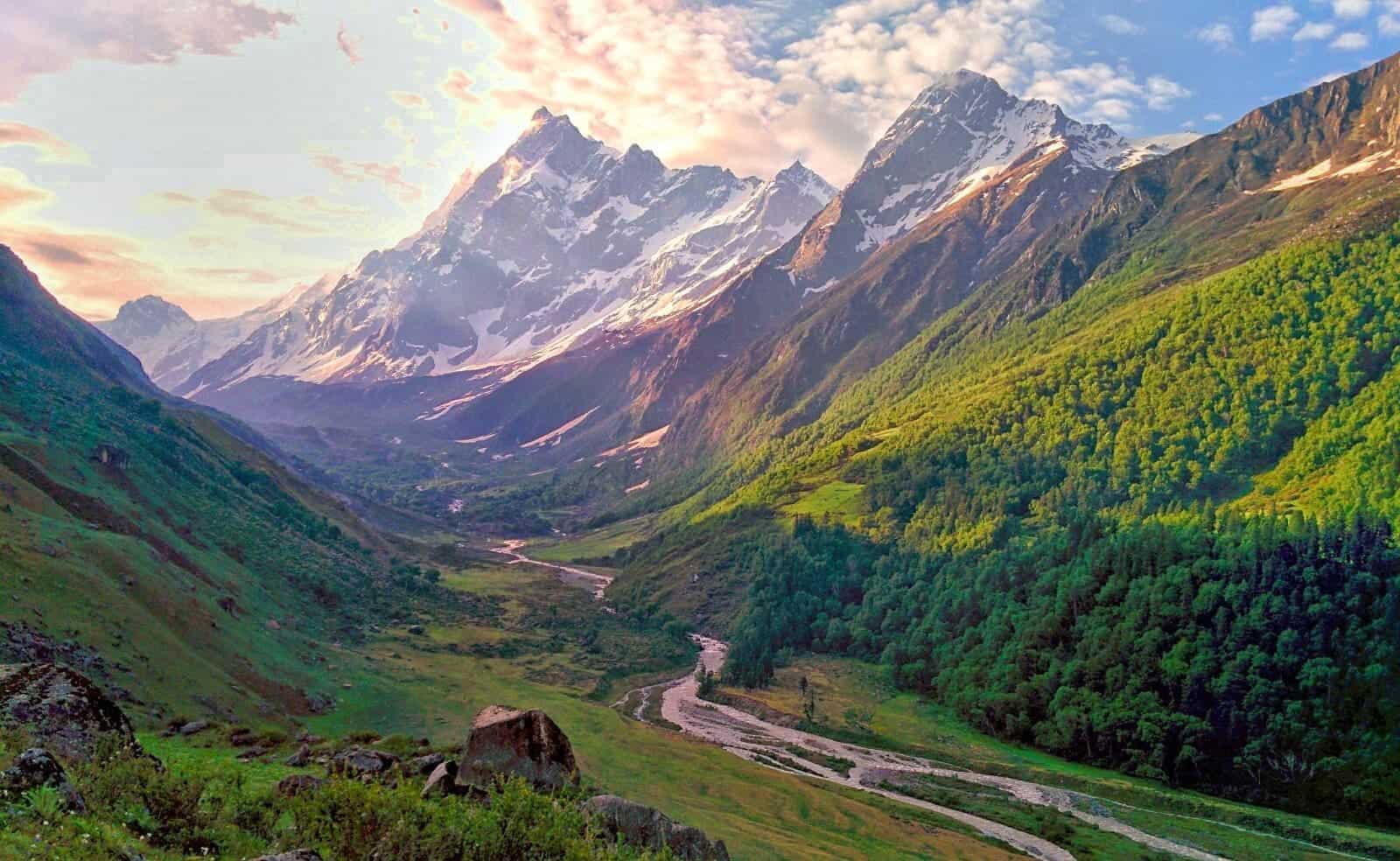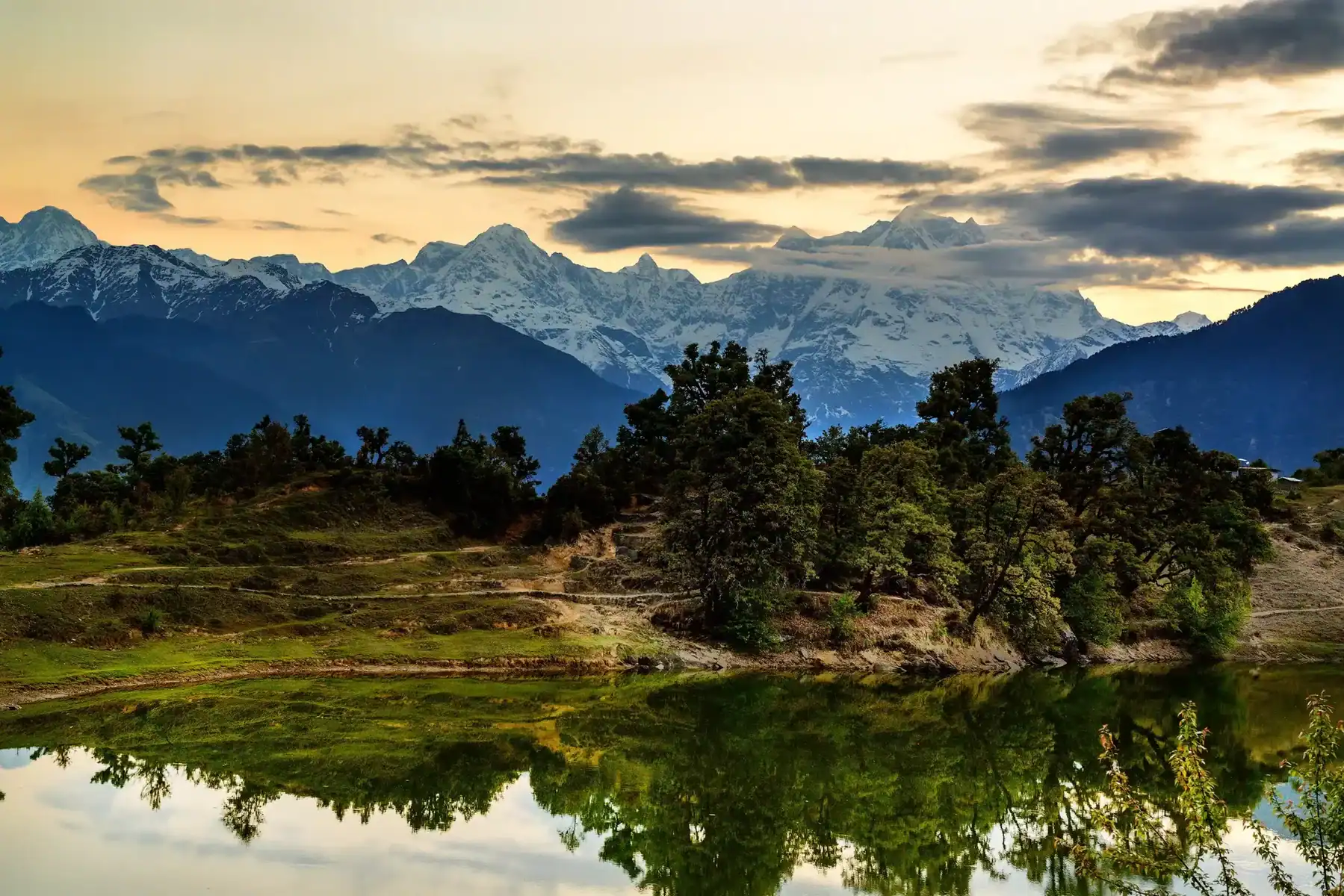Eco-Friendly Trekking: Sustainable Practices and Responsible Tourism
Trekking has become a must-experience activity for people to get away from the hustle and bustle of the city and come close to nature. In recent years, trekking has increased, and because of this, the mountains are being affected, so we must add sustainable practices for eco-friendly trekking. We must adhere to Eco-friendly measures while trekking so that nature remains unaffected for future generations. While trekking to the areas where the wildlife has not held human touch in a while, we need to keep our distance to avoid any disturbance in the wildlife balance. In this article, we will understand eco-friendly trekking, what measures are taken by trekking companies like Trekup India, and what measures an individual trekker must take. The first and most important action a trekker can take is trekking with an organization that follows an Eco-friendly Trekking measure like Trekup India.
Leave No Trace
The first step you as an individual or the trekking company Trekup India follow is to leave no trace. This means leaving nature as it was by coming and leaving the mountains without leaving anything behind, which may disrupt the environment. You can positively impact the environment with each trek, making a meaningful contribution toward a greener and healthier planet. Moreover, trekking is a sustainable recreational activity that does not negatively affect the environment. The environmental impact of trekking is much lower than that of motorized sports. An eco-friendlier experience is achieved using minimal gear depending on one’s physical abilities. Trekup India, as an organization, takes the Leave No Trace policy seriously by giving trekkers a bag to keep all the trash while trekking. Also, their team offers trekkers instructions like staying on the trek, camping on the designated camping site and having less environmental impact.
Respect Wildlife
While trekking in the forest area, you may encounter wild animals. So, keeping a few crucial points in mind while interacting with wild animals is essential. The most important thing to remember is not to feed the wildlife or animals, as it may affect them. They may crave human food because they are not accustomed to it, which could worsen the issues. Their behaviour may alter, their hormones may become unbalanced, and other unidentified problems may arise. Avoid water sources when camping since wild animals like ibex, typically seen on Himalayan climbs, are also drawn to salt. Thus, store salt appropriately. Bears and other animals drawn to food and food items have a similar situation. Secondly, please do not throw away litter as the animals might eat it, which can cause problems later. Be cautious when around wild animals and keep a proper distance from them. It is not a good idea to disturb their privacy.
Support and Respect Local Communities
Trekking supports and strengthens local communities by encouraging diversity of culture, improving social inclusion, and opening up economic opportunities. Selecting ethical tour operators like Trekup India for lodging, meals, transportation, and guides is essential to ensure your money goes directly toward helping the community. Trekkers seeking to connect with reputable and local trekking choices in Uttarakhand, Himachal Pradesh, Ladakh, or other famous places can significantly benefit from the services provided by platforms such as Trekup India.
Educate and Spread Awareness
Speaking with people is a wonderful opportunity.
Use each conversation to educate and raise awareness about ecology—its challenges, its importance, and the steps we can all take to improve it. Change is a process, and awareness begins with dialogue.
Respect the Locals – They Are the Heart of the Ecosystem
Local communities are not just inhabitants of the mountains—they are caretakers of the land. Ecology cannot be separated from the people who live in it. The Himalayas are sensitive, both environmentally and culturally. Honor this.
Always treat locals—whether villagers along the trail or staff on your trek—with dignity.
Use ‘AAP’ in Hindi to show respect.
Until a personal connection is formed, maintain a tone of humility and courtesy.
Consent and Courtesy Matter
Respect others’ space and dignity at all times:
Always ask before taking a photograph of a local person.
Request permission before entering the kitchen tent or other personal spaces.
Ask before offering a tip to staff; some may prefer not to accept money directly.
Dress Appropriately
In the Indian Himalayas, dressing modestly is a sign of respect:
Men: Avoid wearing shorts near villages, as they may offend local sensibilities.
Women: Clothing that covers shoulders and legs is more culturally appropriate and respectful.
Camping Etiquette
Do not camp near water sources.
Water is essential for both people and animals. Camping close can lead to contamination.Avoid using water sources for personal cleaning or washing utensils.
Soaps and detergents—even biodegradable ones—can disrupt the local ecosystem.Keep noise levels low.
Loud sounds disturb wildlife, and in snow-covered regions, may even trigger avalanches.Use cat-style dry toilets.
Dig a small pit, and cover your waste with soil. Never defecate near water sources.Carry your trash.
Never burn plastic or leave waste behind. If disposal facilities aren’t available nearby, carry waste to the next village or town. Your garbage is your responsibility.
Fires and the Environment
Avoid making fires unless absolutely necessary.
If you must make a fire:
Use only fallen or dead wood.
Use a fire ring or a contained area.
Completely extinguish the fire before leaving.
Fire residue damages the land and leaves lasting scars. Instead, use cooking equipment or modern body warmers, and dispose of them responsibly.
Sustainable Gear
Choose durable, high-quality gear that lasts over multiple trips.
If you don’t trek often, consider renting instead of purchasing.
Avoid single-use plastics and prioritize reusable items like bottles and utensils.
Pack Light and Consciously
Use biodegradable toiletries.
Bring only what you truly need, and avoid excess packaging.
Prioritize sustainability in your packing choices.
Conserve Natural Resources
Carry a reusable bottle and filter water from natural sources.
Limit energy consumption—opt for energy-efficient lighting and avoid unnecessary campfires.
Respect local water use. Water is a precious and often limited resource in these regions.
Why Choose Sustainable Trekking?
A Deeper Connection with Nature
Traveling mindfully helps you appreciate and understand the land in a more meaningful way.Support for Local Communities
Sustainable tourism respects traditional ways of life and helps empower local people.A More Fulfilling Experience
There’s a deeper satisfaction in knowing your journey contributes to conservation and community well-being.
Leave Only Footprints
Eco-friendly trekking is not just about enjoying nature—it’s about preserving it. Through responsible tourism and sustainable practices, we can protect the Himalayas and ensure they remain pristine for generations to come.
Walk gently. Be aware. And leave the mountains better than you found them.
About Author

Kanishk (Content Writer)
Kanishk has lived in these hills all his life, so every time he wished to travel somewhere, the hills were his calling card. He completed his schooling in Dehradun and graduated with a degree in Journalism and Mass Communication. As a result, he was open to sharing in detail his personal experience of exploring with friends and his family. He then looked through different career choices but couldn’t find something that made him happy and content. Until he got an opportunity to work in a traveling company and that to trekking. In his mind, this was like the mountains calling, and he began explaining the adventure of going to the hills to people.
Share this article
Dates For Upcoming Treks
Want To Trek Like Pro?
Basically, watch these videos if you want to trek the same way professional trekkers do and make your skills better. These videos contain useful tips and techniques to further improve your trekking skills itself. These videos actually help both new and experienced trekkers improve their trekking skills. These videos definitely provide useful tips that make your trek better. We are seeing that these videos by Trekup India experts will only help you make your trekking skills better.
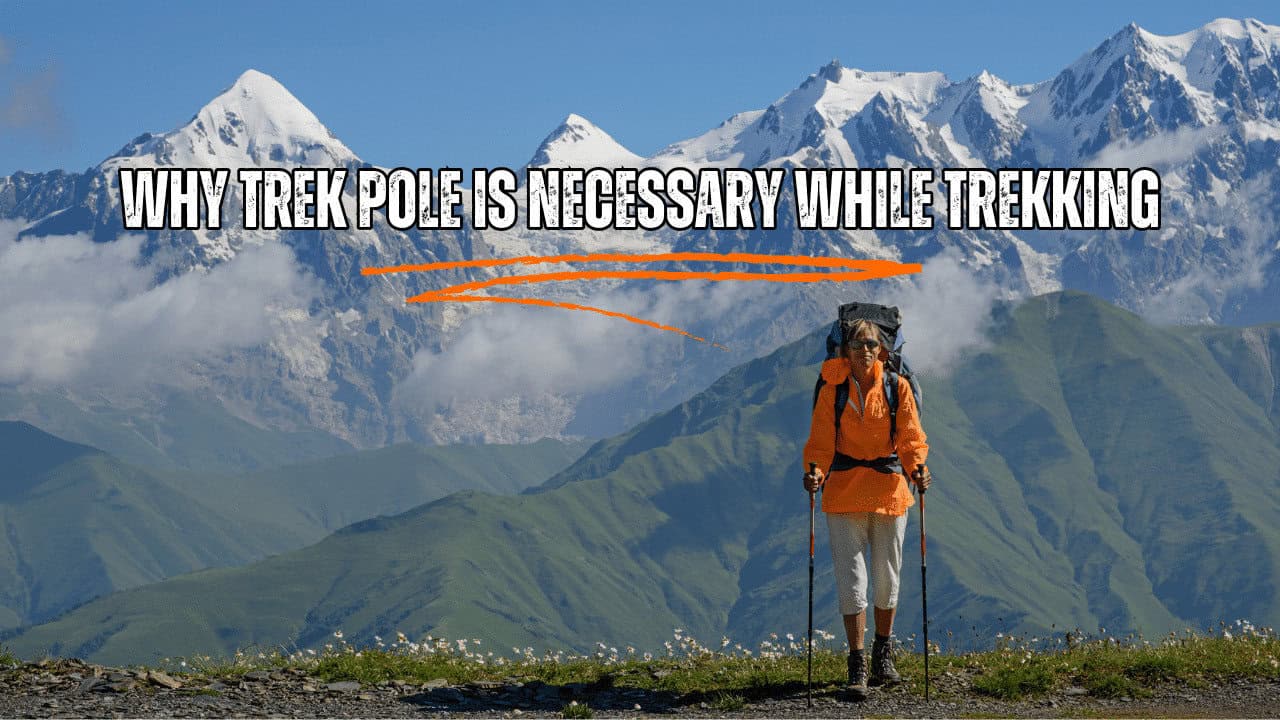






Know Everything About Acute Mountain Sickness
Acute Mountain Sickness occurs when people trek to high altitudes above 8,000 feet. This condition itself develops further due to reduced oxygen levels at such heights. Basically, as you go higher up, the air pressure and oxygen levels decrease, which causes the same problem. Acute Mountain Sickness surely causes headache, nausea, vomiting, and dizziness in affected persons. Moreover, peoples also experience difficulty in sleeping during this condition. To avoid mountain sickness, you should actually trek up slowly to higher altitudes. To learn further about this condition itself, watch the videos by Trekup India.





